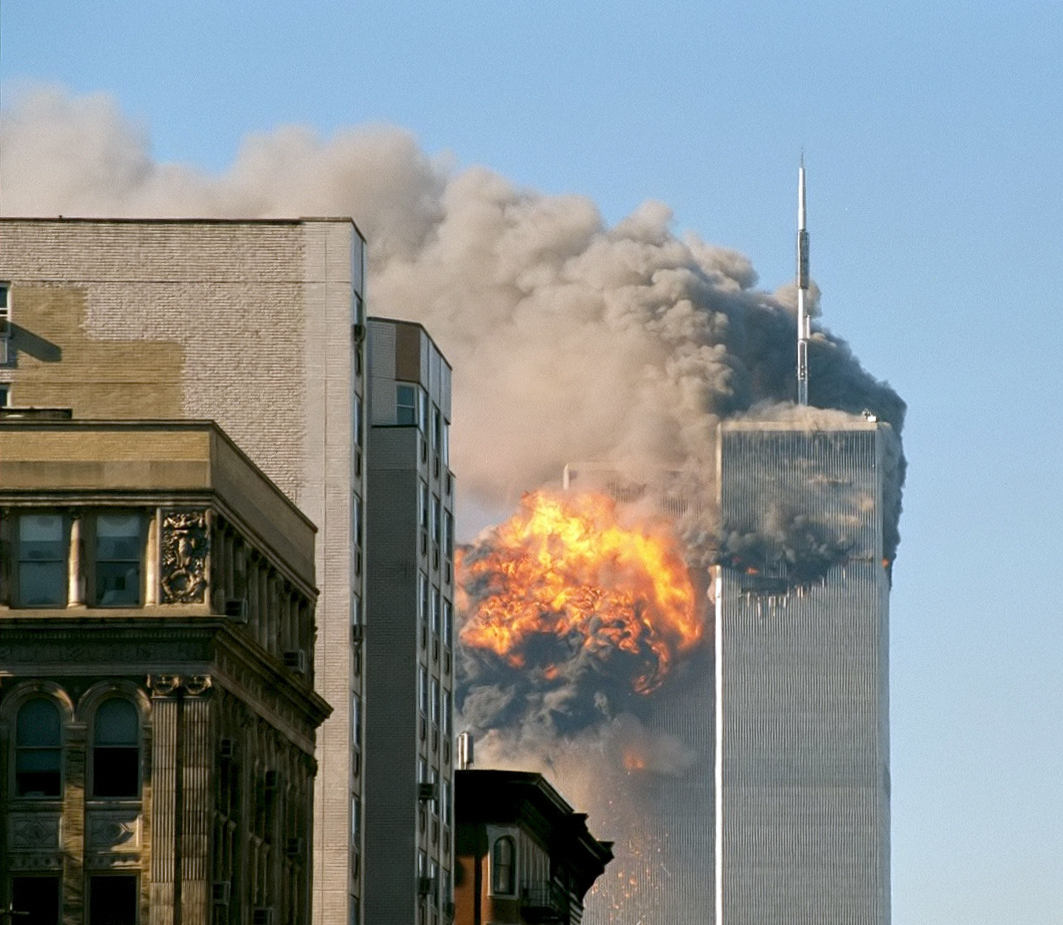Facing mounting pressure from advancing Iraqi government forces, reports indicate that Islamic State (ISIS) leader Abu Bakr al-Baghdadi has fled the Iraqi city of Mosul to hide in the desert. Previously a lynchpin of its proclaimed caliphate, the city’s loss marks a new phase in ISIS’ identity. Like its predecessor al-Qaeda in Iraq (AQI) more than a decade ago, without established territory its resistance will retake the form of an insurgency.
In its desperation to maintain a defiant image of strength, ISIS may re-emphasize to its followers the need to commit attacks abroad. US President Donald Trump is keen to raise his approval ratings, and recently asked Congress to boost military spending by $54 billion. Most important, he is dangerously impulsive, and fears appearing weak in the struggle against terrorism. ISIS will hope that striking a Western target will provoke another overreaction, like the invasions of Afghanistan in 2001 and Iraq in 2003, reigniting its apocalyptic narrative and replenishing recruitment to its cause. The confluence of all these factors makes now an ideal moment for ISIS to attempt something audaciously brutal.
Western intelligence agencies are well aware of this threat, but spontaneous attacks remain difficult to disrupt, especially if perpetrated by small groups or “lone wolves” who have committed no crimes until the moment they strike. Despite our best efforts, more terror attacks are likely in Europe and North America, including by white supremacists and neo-fascists. Public preparation for these traumas should include trying to understand the logic of terrorism because, as French national security expert François Heisbourg warned after the 2015 Bataclan atrocity in Paris, “the success or failure of terrorists depends less on the number of lives wiped out than it does the manner in which the stricken societies have reacted.”
Fear is the operative element of terrorism. Lacking the conventional means to wage war against a much stronger opponent, terrorists weaponize fear by randomly targeting civilians. Doing so makes anyone a potential victim, even though very few are ever harmed, statistically speaking. Despite causing a larger loss of life than any other terror attack since then, 9/11 by no means posed an existential threat to the US. Still, the panic it caused, and the political and military overreactions it provoked, have been far reaching. The events of that day led to the creation of an extensive surveillance apparatus, an extrajudicial targeted assassination program, and terrible human rights abuses in prisons such as Abu Ghraib and Guantanamo Bay. These phenomena have fundamentally altered the political culture in Western democracies, showing that a poor reaction to fear is indeed more destructive to our society than any terror attack has been.
Terrorism is defined according to three main pillars:
-
Calculated but indiscriminate threat or use of violence designed to induce widespread fear
-
Intended to coerce governments or societies
-
Committed in the pursuit of political goals
This sort of strategy is usually employed in asymmetric conflicts where one side is heavily outgunned by its adversary, which is why terrorism is often called the “weapon of the weak.” It is more accurate to think of it as the weapon of the politically weak, however, because history is filled with examples of militarily-capable states using terror tactics to intimidate a disobedient public or influence an enemy state’s population during wartime. An authoritarian dictator who uses violence to repress domestic civil dissent is as much a terrorist as Osama bin Laden.
Terrorists of all stripes essentially take public peace-of-mind hostage, demanding that the government or community pay a ransom in the form of certain political concessions. Demands vary according to circumstances. For instance, among other desires, al-Qaeda wants American troops withdrawn from Saudi Arabia. Alternatively, Dylann Roof murdered nine black church-goers in 2015 in an attempt to start a “race war.” Both parties committed acts of terror.
Readying ourselves and tempering our reaction is an important step, but no analysis of terrorism would be complete without contemplating a terrorist’s motives. Recognizing the strategic logic of terrorism in a conflict is straightforward, yet that hardly explains why someone might feel justified in taking innocent human life. Seeing the world through the eyes of a terrorist is difficult, but not impossible.
In a previous article I briefly explored Islam’s relationship with violence. Religious influence clearly has some use in explaining how, in the right situation, one could feel morally justified in committing horrible deeds. Salafi Islamic ideology in particular offers some explanation, though suicidal terrorists are not always religious, let alone necessarily Muslim.
Perhaps the most crucial part of countering violent extremism (CVE) is to understand the radicalization process. In Dylann Roof’s manifesto, we get a glimpse of his path to becoming a terrorist. The steps in this journey are common among varieties of terrorists, but are also shared by gang members, and arguably even by some soldiers. Maajid Nawaz, himself a former radical, outlines the radicalization process as usually involving:
-
A sense of grievance, real or perceived
-
An identity crisis that emerges from that sense of grievance
-
A sense of belonging, often provided by a charismatic recruiter
-
An ideological narrative that provides the mission or the cause
The desire for personal meaning is a central motivation for embarking on such a journey, and often involves seeking recognition for contributing to what one perceives as a greater cause. Just as several other mass murderers have viewed themselves as victims making a noble sacrifice, Dylann Roof clearly saw himself as a martyr. Referring to the human need for belonging, economist Mark Harrison points out that “You can get [social solidarity] in many different ways . . . [including] by joining together to commit acts of violence. Sometimes that’s [soccer] hooliganism, sometimes it’s terrorism.”
The Pakistani publishing company CFx Comics has produced a graphic novel series that tells the story of the radicalization process, in order to educate and discourage young people from falling victim to it. As the comic book illustrates, every terrorist is a victim in his own way, because he has to feel sufficiently aggrieved to pursue retributive justice. As Mary Wollstonecraft reminds us, “no man chooses evil because it is evil; he only mistakes it for happiness, the good he seeks.”
Some people hold toxic beliefs that are simply unshakable, and they must be stopped. At the same time they must also be understood on a human level if we intend to defeat the phenomenon of terrorism while attempting to salvage the person inside the terrorist.
Photo: United Airlines Flight 175 hits World Trade Center on 9-11 (September 11, 2001) by Robert J. Fisch via Wikimedia Commons. Licensed under CC BY-SA 2.0.
Disclaimer: Any views or opinions expressed in articles are solely those of the authors and do not necessarily represent the views of the NATO Association of Canada.




